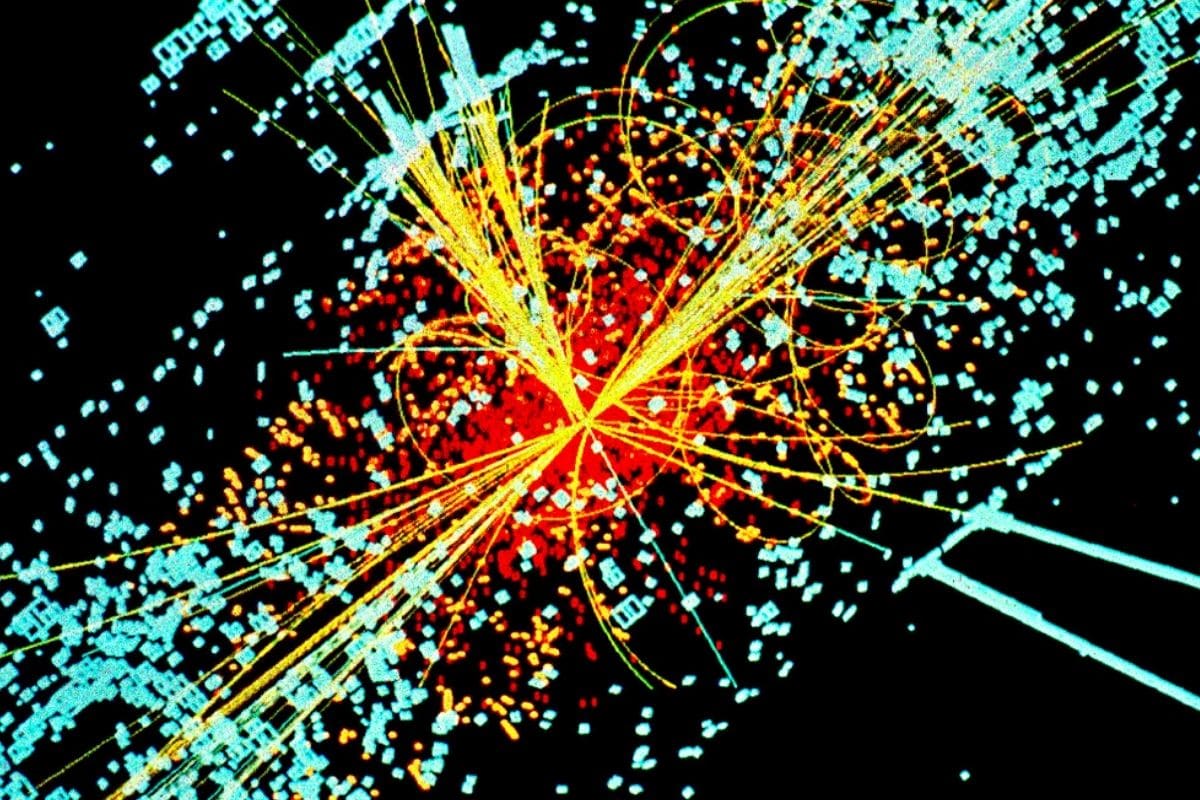
The particle accelerator was carefully restarted last Friday.
The Large Hadron Collider is the largest and most powerful particle accelerator on Earth. In the particle accelerator – which is located on the border of France and Switzerland – protons are accelerated and then collided with each other. This creates new particles – which often only last for a very short time. The aim is to register the properties of those particles, to identify the particles on the basis of them and in this way to test existing theories within particle physics and to supplement or revise them where necessary.
Started up
The mighty particle accelerator was shut down for maintenance in 2018 after years of operation – and also yielding some interesting discoveries. In the years that followed, the particle accelerator has been tinkered with, says Mike Lamont, who works at the European Council for Nuclear Research (CERN) that built and manages the particle accelerator. “The machine and facilities have undergone a massive upgrade during the second closure of the complex. The Large Hadron Collider itself has undergone an extensive consolidation program and will now operate at an even higher energy level.”
Back in action
The particle accelerator was officially put back into use last Friday after that many years of hiatus. The first (small) groups of protons were driven through the particle accelerator at a relatively low speed. It is the prelude to more, says researcher Rhodri Jones, also affiliated with CERN. “Higher intensity and energy level collisions will happen in a few months.”
More powerful collisions and more collisions
The coming period will be used to prepare the particle accelerator for the real thing and eventually create collisions with a record-breaking energy of about 13.6 TeV (trillion electron volts). It is also the intention that more collisions will now take place in the Large Hadron Collider (and can therefore also be analysed) than before.
2026
The expectation is therefore that we will hear a lot from the Large Hadron Collider in the coming years. It is certain that the particle accelerator can take it again after the long pause; the Large Hadron Collider could help again until 2026 in the hunt for old and new acquaintances, i.e. particles that we already know exist and particles that we suspect or that we don’t even have on the radar yet.
One of the particles that will also be attracting the attention of scientists during the new run of the Large Hadron Collider is the Higgs boson. This is a fairly mysterious, until recently unseen and therefore hypothetical particle that is necessary to make the Standard Model of particle physics – a theory that describes the forces and particles that make up all matter – correct. This standard model requires a particle that provides all other particles with mass and according to the theory that is the Higgs boson. Years ago, particles were spotted in the Large Hadron Collider that seemed to have the right properties, and scientists are now convinced that these were indeed the Higgs particles. In the near future, researchers hope to get a better picture of the Higgs boson using the Large Hadron Collider.
Source material:
†Large Hadron Collider restarts” – CERN
Image at the top of this article: Lucas Taylor / CERN